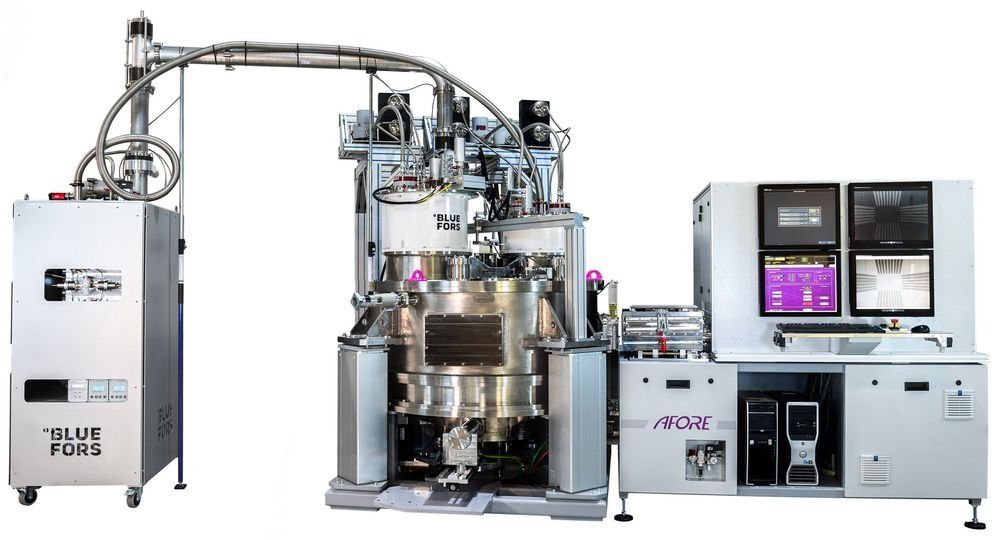Maybe the future of energy and the environment isn’t so bleak.
A way to speed up quantum computer tech progress has arrived from Intel. If you are interested in following the waves and advances in quantum computing, then get familiar with this word trio: Cryogenic Wafer Prober. Before their design, the electrical characterization of qubits was slower than with traditional transistors. Even small subsets of data might take days to collect.
Drug development. Chemistry. Climate change. Financial modeling. Scientists in all areas look forward to more advancements to push quantum computers to the frontlines. Speeding progress could also mean speeding up advancements in science and industry.
“Quantum computing, in essence, is the ultimate in parallel computing, with the potential to tackle problems conventional computers can’t handle,” said Intel.
The Atacama Desert in Chile has been a hotbed of astronomical activity of late. Not only is it the site of Martian environmental simulations to test rover capabilities, it is also home to an project called SPECULOOS (Search for habitable Planets EClipsing ULtra-cOOl Stars).
SPECULOOS is part of the ESO, the European Southern Observatory, and involves the use of four robotic telescopes for planet hunting. In particular, the telescopes look near to ultracool stars and brown dwarfs to search for Earth-sized exoplanets which can then be investigated in more detail by another telescope such as ESO’s forthcoming Extremely Large Telescope (ELT).
The four telescopes of SPECULOOS are named after Jupiter’s moons: Io, Europa, Ganymede, and Callisto, and each has a one meter primary mirror with cameras that are sensitive to near-infrared wavelengths. This accords with the type of light given off by the ultracool stars and brown dwarfs which are the telescopes’ targets.
CATTERBOX™ — Skater
Posted in futurism
Introducing CATTERBOX™ from TEMPTATIONS™
Giving cats a voice for the very first time.
Find out more – http://www.temptationslab.com
Meowlingual Cat Translator
Posted in futurism
Another flying car company is preparing to join the race to the skies, as Australia’s Macchina Volantis gears up to build a prototype of its road-drivable 5-seat electric aircraft. With VTOL capability, winged flight mode and a diesel range extender, this thing promises to fly at three times highway speed and offer some serious range.









